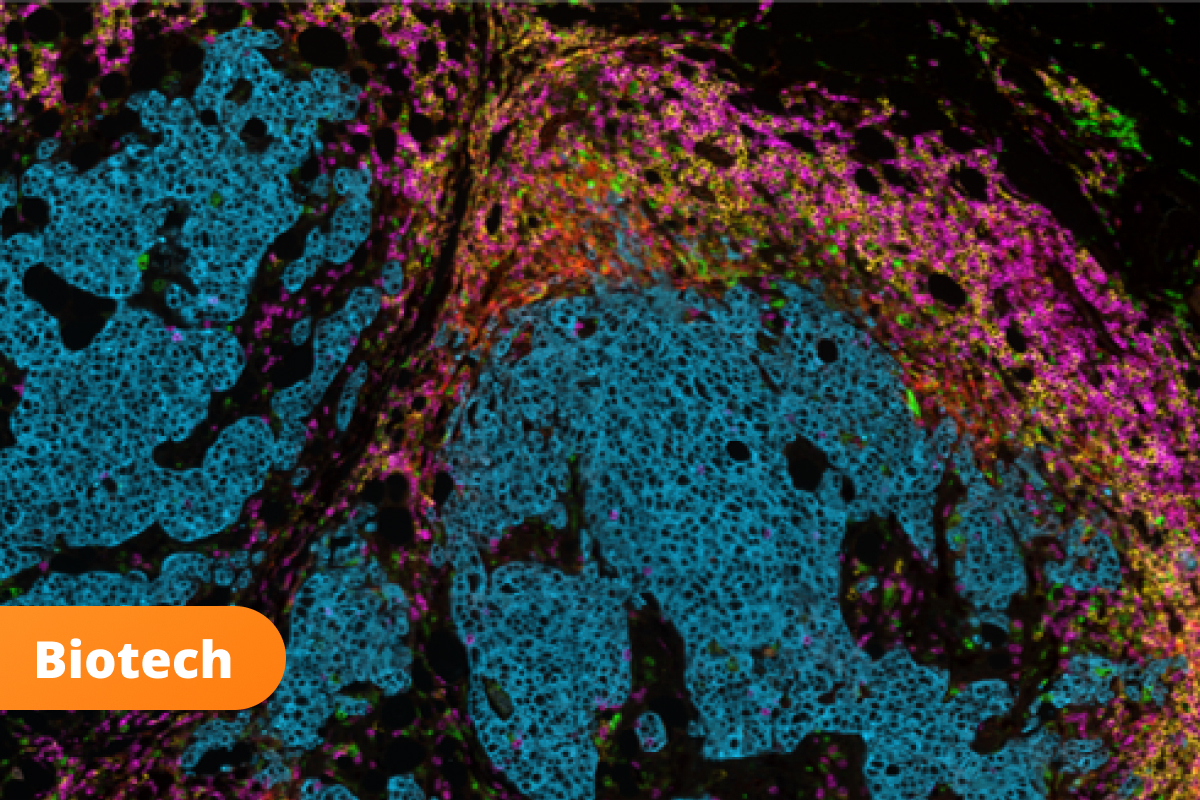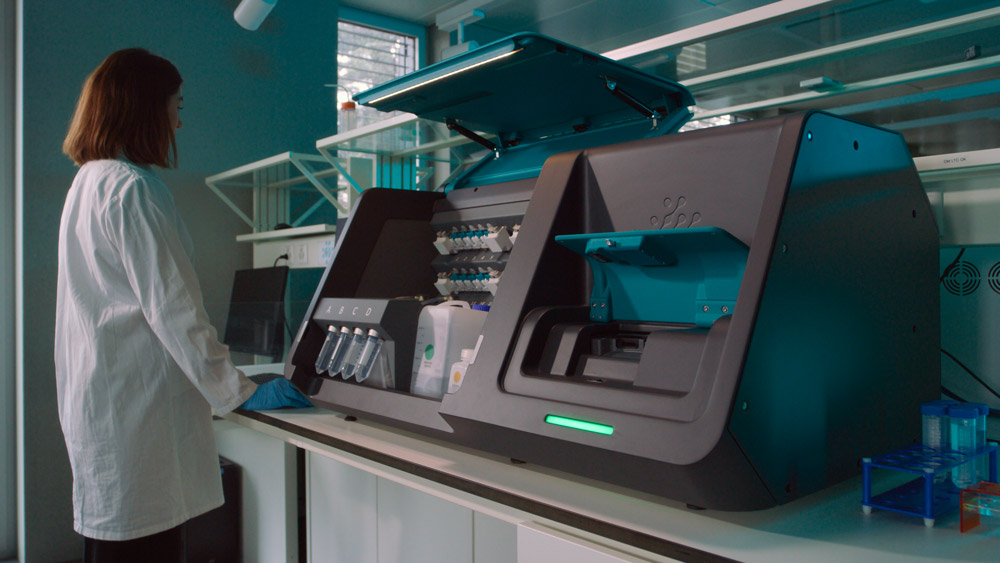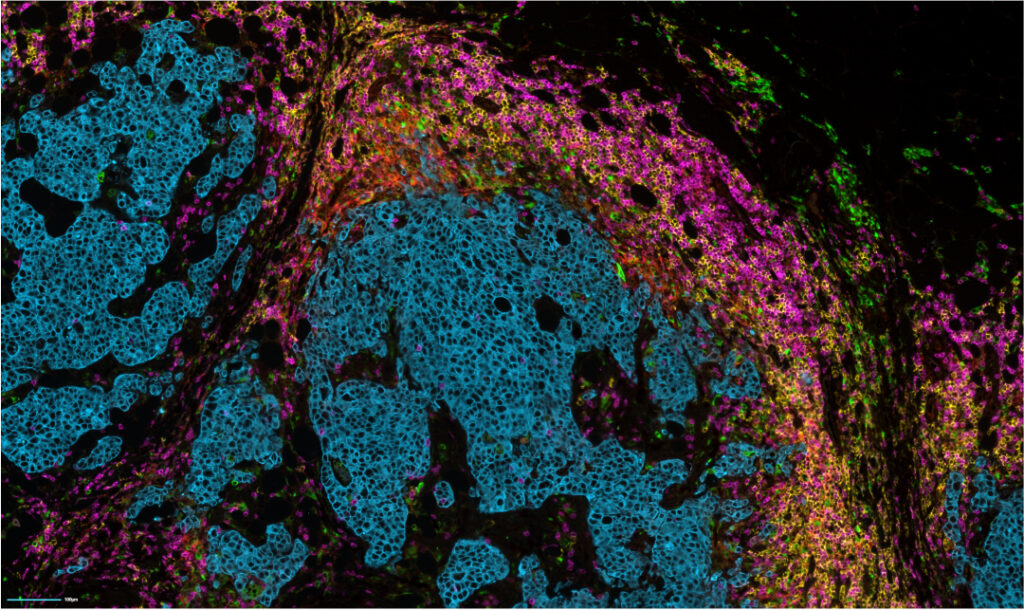Case study: Lunaphore

[Bulbthings] We are impressed with the deep tech you’re developing! Could you briefly explain your business/mission?
[Alexandre Kehren, Scientific Application Team Lead] Lunaphore is a leading biotechnology company based in Switzerland. Our mission is to revolutionise cancer diagnostics through innovative, faster, more accurate solutions. We’re committed to empowering pathologists and researchers with cutting-edge tools that enhance the understanding and treatment of cancer. Our technology streamlines processes in histopathology, advancing patient outcomes and cancer research. At Lunaphore, we take pride in being at the forefront of transforming the field of tissue diagnostics.
How did the need for an asset-tracking system arise?
We primarily were looking for a machine availability management system, to ensure that our collaborators can utilise them as frequently as possible. We also wanted a platform that enables us to monitor crucial data, including machines’ operational efficiency. As our fleet of machines and team have expanded, efficient tracking of our equipment and its usage has become increasingly imperative.

Lunaphore’s universal COMET™ platform [Photo credit: Lunaphore]
Lunaphore places significant emphasis on digitalisation. What motivated your decision to go with Bulbthings?
After examining various platforms in the market, Bulbthings stood out because of its apparent ease of use and comprehensibility. Once we saw the platform’s adaptive capabilities demonstrated, we were confident that Bulbthings would be the best fit for our use case.
What benefits (quantitative and qualitative) are you getting out of it so far?
So far, we’ve been experiencing the advantages of swift and accurate management of our instruments, complemented by the clear and precise tracking of all our activities. As expected, we greatly value the flexibility that Bulbthings offers and especially the custom fields for our machines’ measurements.
Are there any preferred features or user tips you’d like to share with the community?
Since we use specialised machines, it was very useful to us to be able to configure our assets into custom categories and sub-categories, along with the option to customise fields with any additional information we deem relevant.

A detailed visualisation of breast cancer tissue generated by the COMET™ platform. [Photo credit: Lunaphore]